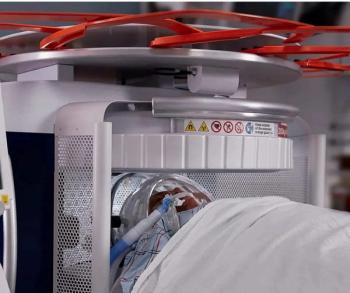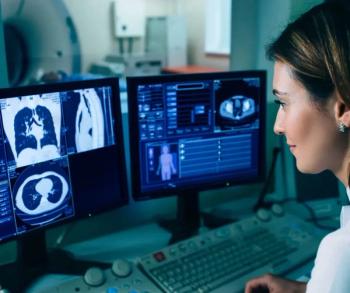
Low-Dose Imaging Effective for Ruling Out CAD
HealthDay News - Coronary computed tomography may provide alternative to catheter-based angiography
HealthDay News - Low-dose coronary computed tomography (CT) appears as sensitive as
Moritz Wyler von Ballmoos, MD, PhD, MPH, of the Harvard School of Public Health in Boston, and colleagues analyzed 16 studies comprising 960 patients to summarize current evidence on the ability of low-dose coronary CT for ruling out CAD in symptomatic adults.
The researchers determined the sensitivity and specificity of the technique to be 1.00 and 0.89, respectively, at the patient level. The pooled vessel- and segment-level estimates had lower sensitivity and higher specificity than did the patient-level estimates. The researchers found statistically significant heterogeneity between studies for vessel- and segment-level estimates, and this seemed to be related to body mass index and prevalence of CAD, though not with CT scanner characteristics. The researchers concluded that evidence suggests low-dose coronary CT angiography matches catheter-based angiography's sensitivity with low radiation exposure and may be a valid alternative to catheter angiography for triaging symptomatic patients with a suspicion of CAD.
"This noninvasive technique is associated with a low effective radiation dose of 2.7 mSv. However, our meta-analysis is based on a small number of studies, many of which were done at a single academic site and presumably with the same expert operators. Further studies are therefore needed before widespread diffusion of the technology can be recommended," the authors write.
Copyright © 2011
Newsletter
Stay at the forefront of radiology with the Diagnostic Imaging newsletter, delivering the latest news, clinical insights, and imaging advancements for today’s radiologists.




























